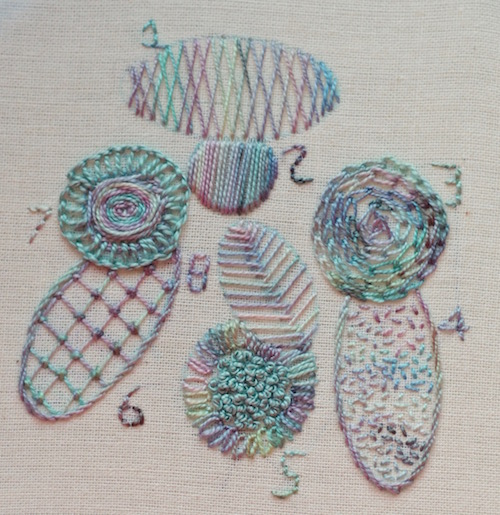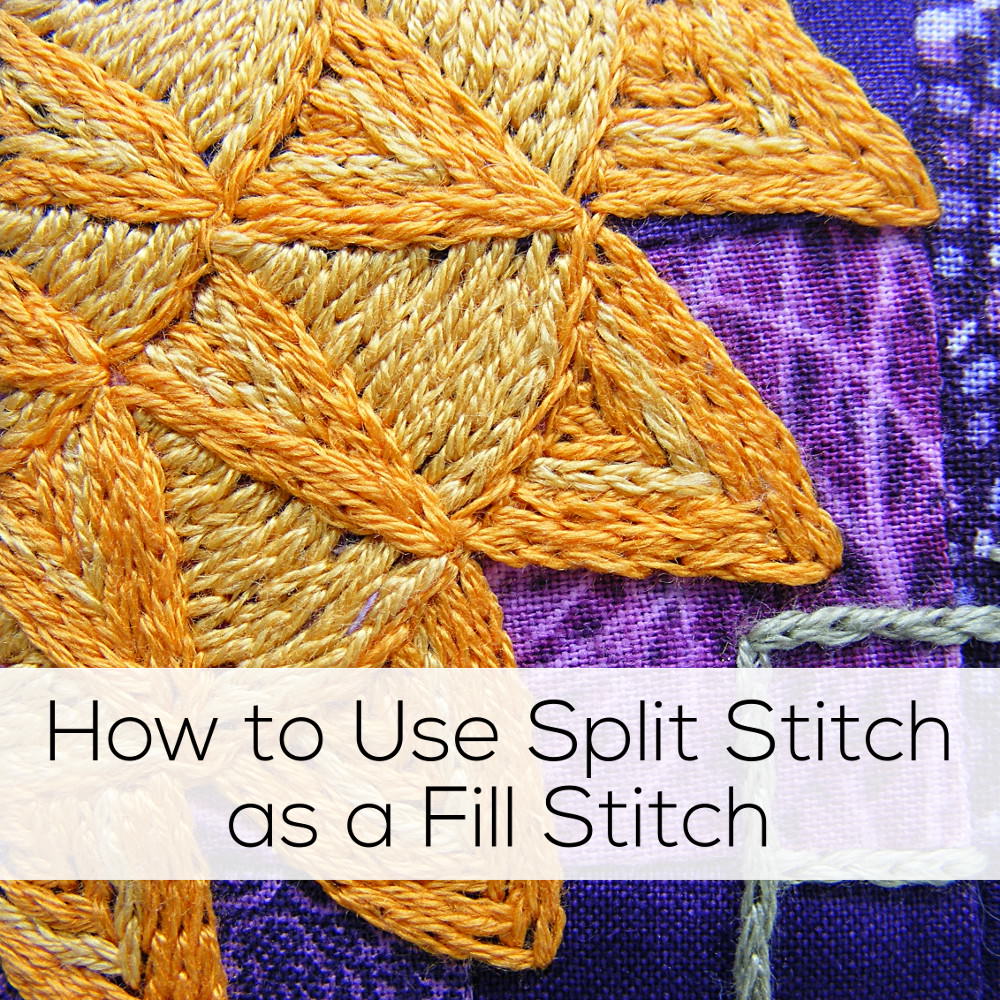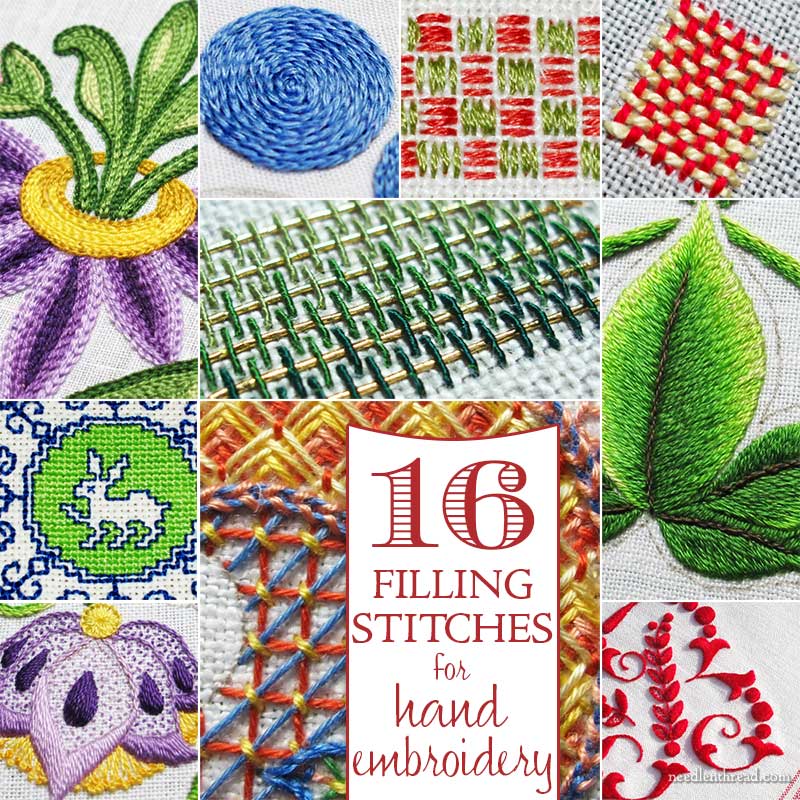Fill In Embroidery Stitches
Embroidery is an art form that has been around for centuries. It is a form of needlework that involves decorating fabrics with colorful threads. One of the most important techniques in embroidery is fill stitches. Fill stitches are an essential part of embroidery, as they are used to fill in large areas of a design. In this article, we will take a closer look at fill in embroidery stitches and how they can be used to enhance your embroidery.
Pain Points of Fill in Embroidery Stitches
Embroidery is a beautiful art form, but it can also be challenging. One of the biggest challenges in embroidery is creating fill stitches that are smooth and even. Uneven fill stitches can ruin the overall look of the embroidery and can be frustrating to create. Another pain point related to fill stitches is finding the right stitch to use for a specific design. There are many different types of fill stitches, and choosing the right one can be overwhelming for beginners.
What are Fill in Embroidery Stitches?
Fill stitches are a type of embroidery stitch that is used to fill in large areas of a design. They are typically used to create patterns or shapes that cannot be created by simply using outline stitches. The most common fill stitches used in embroidery include satin stitch, long and short stitch, split stitch, and seed stitch.
Tips for Creating Beautiful Fill Stitches
Creating beautiful fill stitches takes time and practice, but there are a few tips that can help make the process easier. First, it's essential to choose the right stitch for the design. Satin stitch works well for smooth surfaces, while long and short stitch is best for creating a shaded effect. Another tip is to use a stabilizer under the fabric to help keep the stitches smooth and even. Finally, it's essential to take your time and be patient when creating fill stitches. Rushing the process can lead to uneven stitches and an overall sloppy appearance.
Different Types of Fill in Embroidery Stiches
There are many different types of fill stitches in embroidery, each with its unique look and purpose. Satin stitch is a staple fill stitch in embroidery, known for creating smooth and shiny surfaces. Long and short stitch is used to create a shaded effect, making it perfect for creating realistic designs such as flowers. Split stitch is a popular fill stitch that can create a textured effect, while seed stitch is versatile and can be used to create a variety of patterns and textures.
Choosing the Right Fill in Embroidery Stitch
Choosing the right fill stitch for your embroidery project can be overwhelming, but it's essential to make the right choice to achieve the desired effect. When choosing a fill stitch, consider the texture and appearance you want to create. For smooth surfaces, satin stitch or long and short stitch is a good choice. For textured surfaces, split stitch or seed stitch may be more appropriate.
Tips for Using Fill Stitches
When using fill stitches in embroidery, it's essential to plan ahead and create an outline for the area you want to fill. This will help ensure that the stitches are even and do not overlap each other. It's also important to use the right needle and thread for the job. A sharp needle and high-quality embroidery floss will help create smooth and even stitches. Finally, it's essential to practice, practice, practice. With time and patience, you'll be creating beautiful fill stitches in no time.
Question and Answer
Q: What is the difference between satin stitch and long and short stitch?
A: Satin stitch is used to create a smooth and shiny surface, while long and short stitch is used to create a shaded effect.
Q: Can fill stitches be used for outlining a design?
A: No, fill stitches are used to fill in large areas of a design. Outline stitches are used to create the outline of a design or shape.
Q: What is the best way to practice fill stitches?
A: The best way to practice fill stitches is to create small practice designs and focus on mastering one stitch at a time.
Q: Can fill stitches be used in machine embroidery?
A: Yes, fill stitches can be used in machine embroidery. Most embroidery machines come with built-in fill stitch designs that can be used to create beautiful embroidered patterns.
Conclusion
Fill stitches are an essential part of embroidery and can be used to create beautiful and intricate designs. With the right stitch, needle, and thread, you can create smooth and even fill stitches that will make your embroidery stand out. By practicing and experimenting with different fill stitches, you can take your embroidery to the next level and create stunning works of art.
Gallery
Royce's Hub: Basic Embroidery Stitches : Long And Short Stitch

Photo Credit by: bing.com / long stitch short embroidery stitches filling needle painting royce hub leaf advantage satin over
Learn Hand Embroidery Stitches With Carol

Photo Credit by: bing.com / статьи
How To Use Split Stitch As A Fill Stitch - Video | Shiny Happy World

Photo Credit by: bing.com /
Embroidery Fill Stitches #Embroiderystitches | Bordados A Mão, Bordados

Photo Credit by: bing.com / embroidery stitches eye broderie posting glazig crewel ellascraftcreations bordar ribbon dorset costura puntadas
16 Filling Stitches For Embroidery – NeedlenThread.com

Photo Credit by: bing.com / embroidery stitches filling stitch needlenthread patterns hand fill blackwork tutorial satin nuts needlepoint machine choose board techniques
